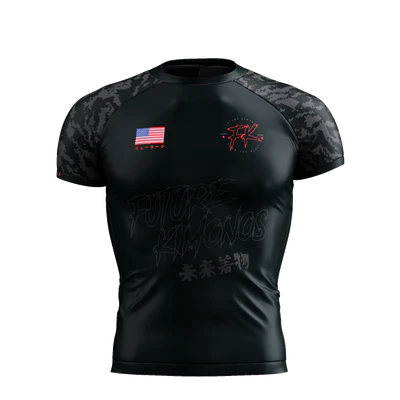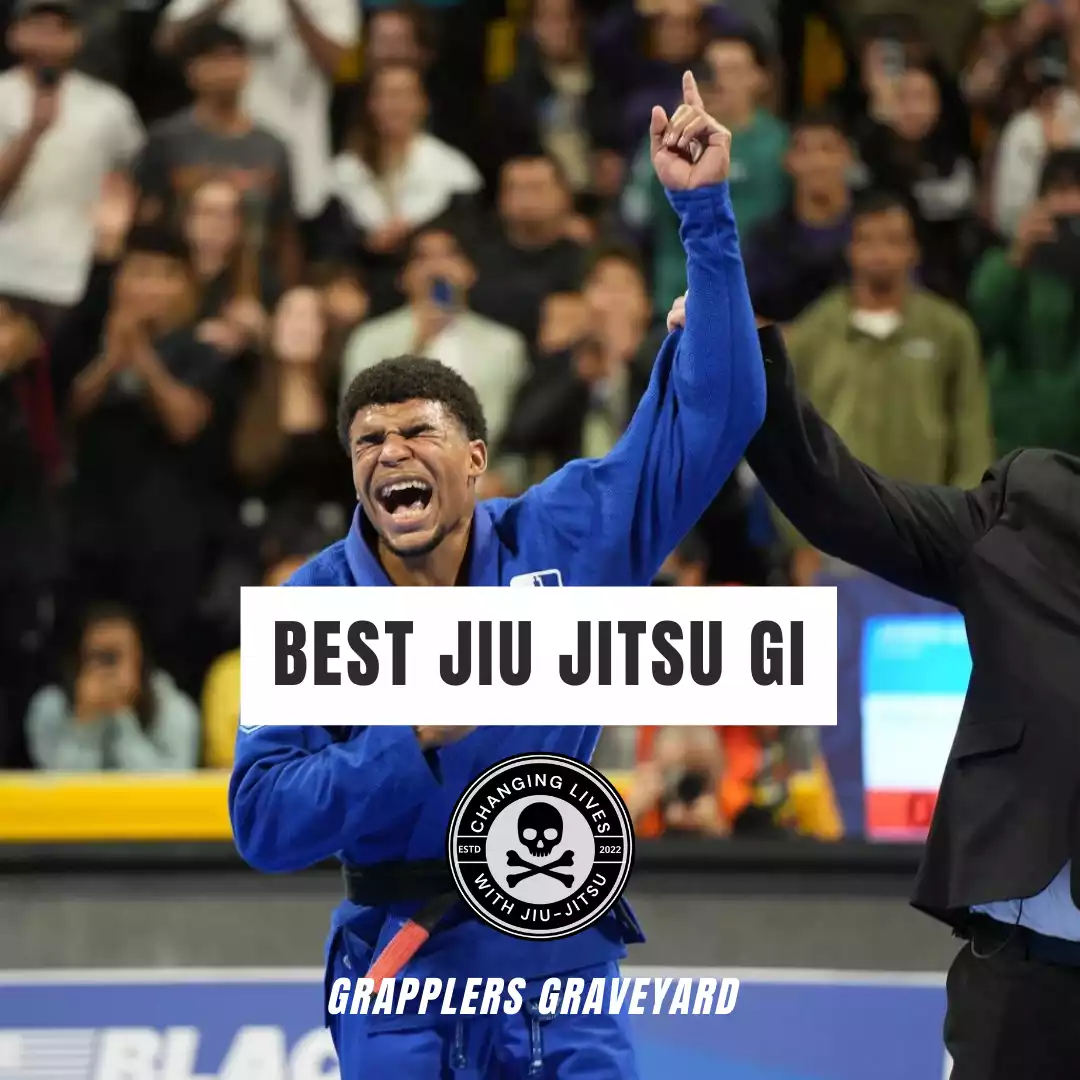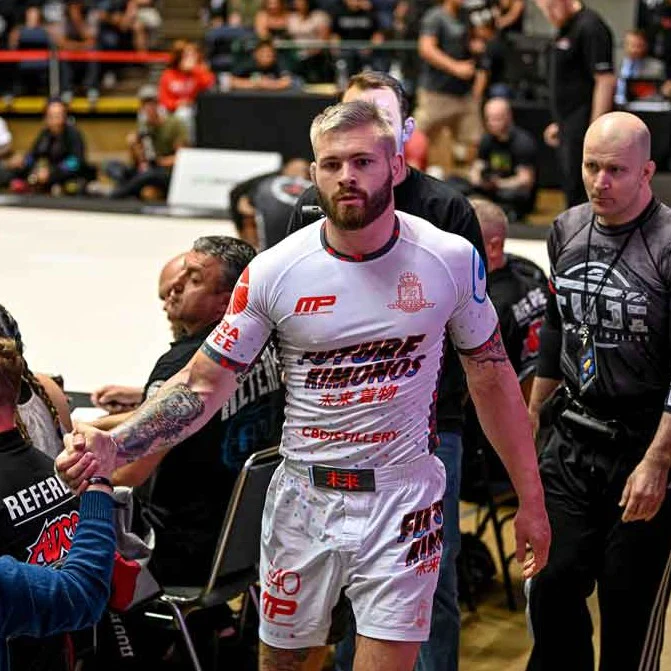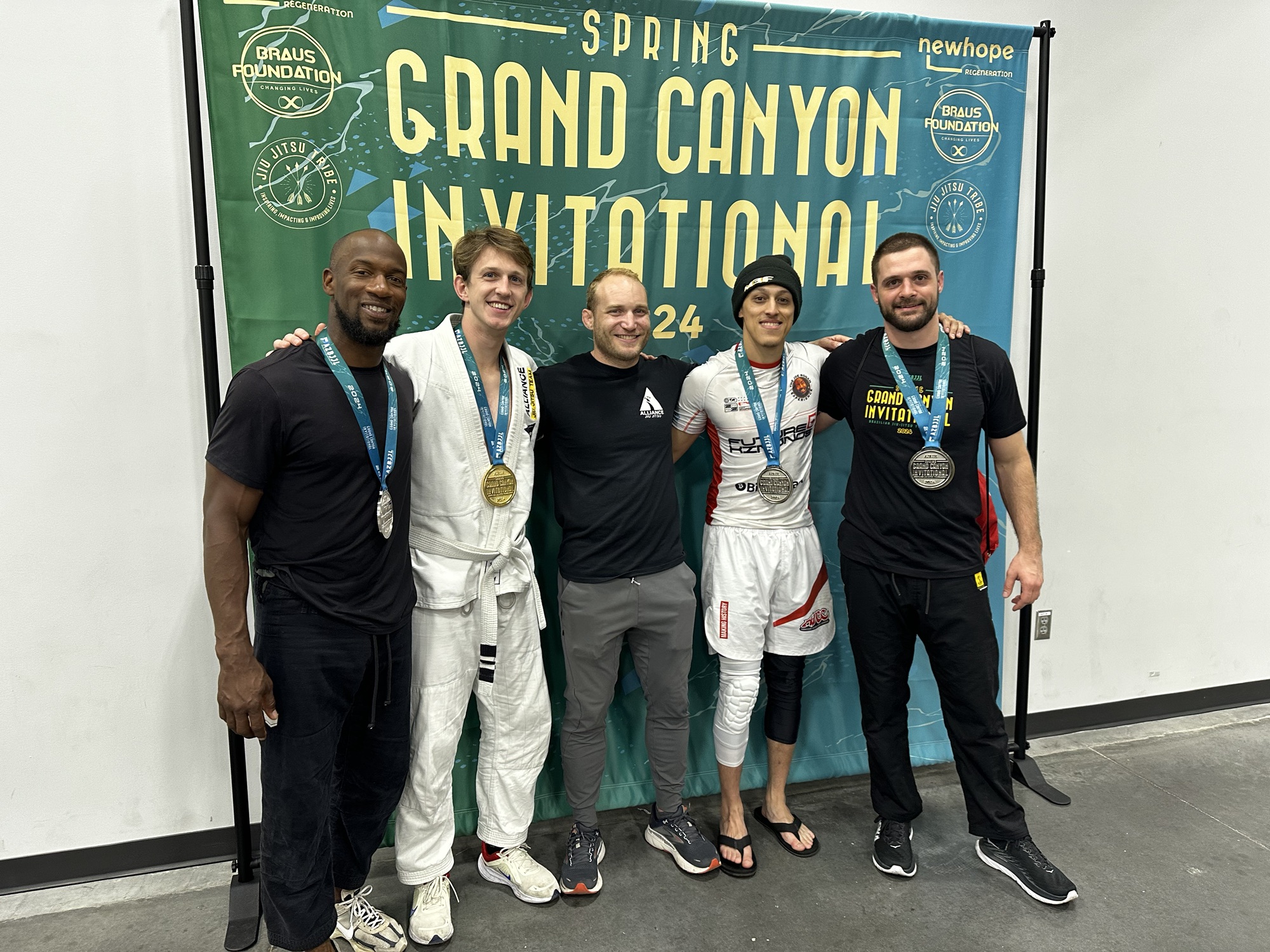
Cameron
Table of Contents
Brazilian jiu-jitsu is one of the fastest-growing martial arts in the world right now! More and more people are waking up to the idea of stepping onto the mats and taking responsibility for health in new ways. In Jiu-Jitsu, there are two styles of play: No-Gi and Gi. In this article, we are looking at the types and comparing them to one another!

Types of Brazilain Jiu-Jitsu: Gi vs NoGi
When taking on the art of Brazilian Jiu-Jitsu it is important to note that there are two main styles of play that you will need to get accustomed to, this is No-Gi and Gi BJJ. The main difference that people notice is the attire that you were in each style of play. When training in Gi Jiu-Jitsu you are competing against someone else in a uniform known as a Gi or more commonly referred to as a kimono.
In the Sport of No-Gi BJJ, athletes wear a Dri-Fit shirt known as a rash guard along with training shorts similar to the shorts that MMA Fighters wear. Many enjoy No-Gi grappling due to the breathable attire that they are able to wear.
The differences between the two styles of play run deeper than just the attire you find yourself wearing. Things that work in Gi Jiu-jitsu may not work in No-Gi and vice versa. Many people lean toward a preference for style as they get more into the sport but for the most part, it is ideally important to be competent in both.
Most schools in the United States these days offer both styles of play as classes throughout the week. It is very uncommon to find a school that trains strictly Gi, but the same cannot be said about its counterpart. There is an affiliation known around the world as 10th Planet Jiu-Jitsu founded by Eddie Bravo. They specialize in No-Gi BJJ and specifically train in the fast-paced martial art.
Where can I get Jiu-Jitsu gear?
If you are looking to invest some money into your BJJ attire in order to feel comfortable and look great on the mats, look no further than the list below.
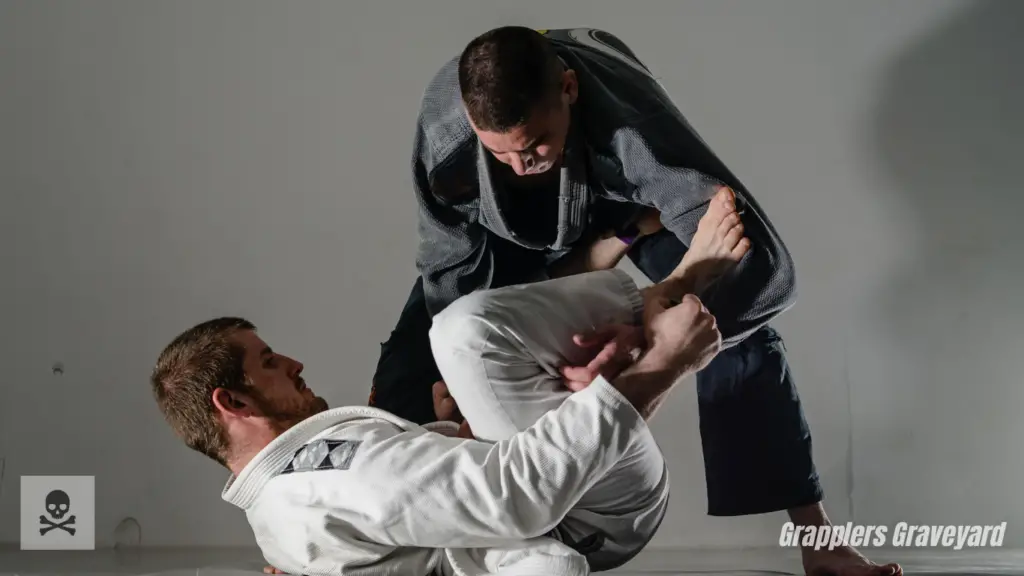
Differences Between No-Gi vs Gi Jiu-Jitsu
Key Difference: Ways to attack
One of the big differences between Gi and No-Gi BJJ is the setups for attacking an opponent. Because the Kimono is easy to grab, establish grips, and adds more friction to the encounters, you have it is much easier to grip opponents and control movements when compared to No-Gi.
Certain guards like the spider guard are very popular when training in Gi BJJ. At the highest levels, this guard position is used to control your opponent’s posture and gives an athlete the ability to make quick movements and slick attacks. Just from a 30-minute training session in No-Gi, you will realize the spider guard is not nearly as effective because it is much easier to slip out of positions like this when you are wearing a shirt and some shorts
Many things that work in Gi-BJJ will not translate well into No-Gi. On the contrary, many techniques found in No-Gi BJJ do translate over very well when in the Kimono. In our opinion, training No-Gi makes you a better offensive player in the traditional sport of Jiu-Jitsu. When you know how to be creative and get into favorable positions without the friction of a gi, it just makes it that much easier to establish dominance with it.
Key Difference: Rulesets
Numerous rules differ in Gi and No-Gi Jiu-Jitsu tournaments. It is important to you understand what style is being played and what ruleset is going to be enforced throughout the matches of a competition. One common technique that is banned in IBJJF Gi Tournaments is the heel hook. In the ADCC ruleset (No-Gi style of play) the heel hook is one of the most common submissions that you could get.
Make sure you read and understand the rules at play before you decide to compete. Your coach should be aware of the differences between Gi and No-Gi BJJ as well!
Key Difference: play styles
As stated previously, in the sport of Brazilian Jiu-Jitsu, there are two main play styles that athletes incorporate into their game. The first style is called playing guard. This is where you are on your back manipulating your opponent’s movements and working for submissions.
On the contrary, there is what’s known as playing the top game. This style incorporates takedowns and guard passing in order to submit your opponent from a dominant position. When you try out for Gi classes, you’ll notice the majority of athletes are playing guard. Due to the grips of the kimono, the majority of Gi Jiu-Jitsu players typically play guard. It is easier to manipulate your opponent’s body with strong grips.
Find the top-rated BJJ Gi's here. Helpful information on what to look for, how to find the best gi, and which brands suit you best based on your budget!
What’s the difference between No-Gi and MMA?
No-Gi Jiu-Jitsu is one of many Japanese martial arts that focus on incapacitating your opponent through joint locks and chokes rather than strikes. Some of these submissions include heel hooks, arm bars, chokes, etc.
Mixed Martial Arts incorporates grappling from sports such as No-Gi Jiu-Jitsu and Judo along with striking styles from Kickboxing and Muay Thai. An MMA fighter must master both striking and grappling in order to be effective in the octagon. No-Gi practitioners focus solely on grappling and submissions.
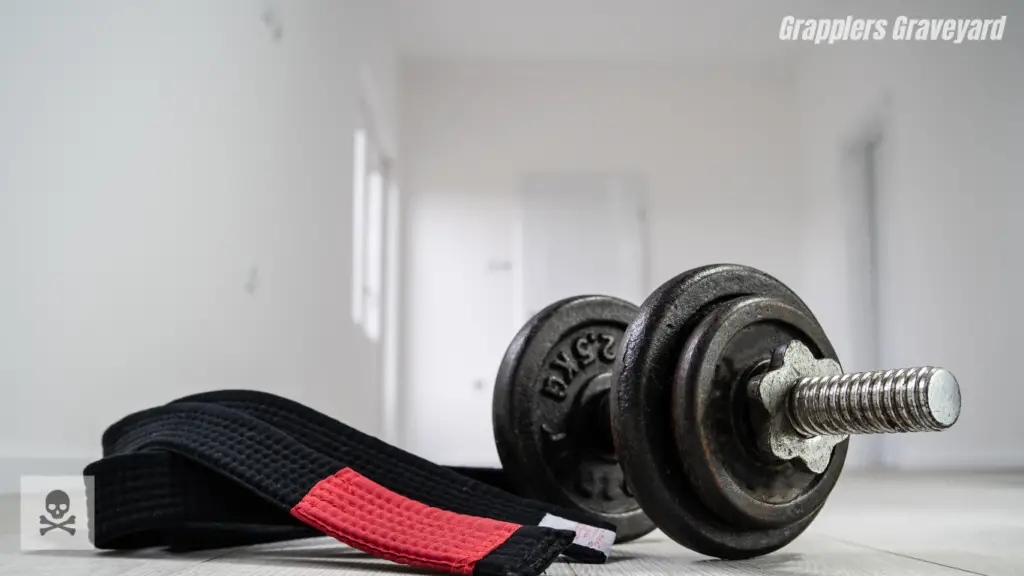
Similarities Between No-Gi and Gi
At the end of the day, the two styles of play are still Jiu-Jitsu. Although they are not the same in the way you approach problems that arise, for the most part, the styles of play have many things in common.
Should I Specialize?
This is a pretty personal question that one would need to come to answer for themselves. We believe that you should not pigeonhole yourself by specializing in one style over the other. To be a well-rounded Jiu-Jitsu athlete you need to be training both Gi and No-Gi. There is nothing wrong with having a preference of which you like to train most but you should not ignore one style of play over another.
Our goal is to be the best athlete that we can be, in order to do this we have to train in combat sports and be proficient in many different situations. We highly suggest that anyone who is serious about getting good at Jiu-Jitsu and wants to claim the ranks adopt all of the techniques from each sport and train both No-Gi and Gi BJJ. As we stated earlier, most gyms these days offer both styles of training throughout the week, how often you show up and train is dependent on your goals and ability to commit to the sport.
It’s crucial to understand that both of these play styles will be important for your growth in Brazilian Jiu-jitsu. Getting to a high level in this sport will take years of training in both styles and mastering techniques that are suitable for their styles of play. When you embrace learning from both styles, you will find that many techniques are similar by nature or can be translated completely.
No-Gi Vs. Gi: Which works better in a street fight
Due to the play style taught in the sport, No-Gi Jiu-Jitsu is a way better style to utilize on the streets. Being able to take someone down, control them, and even put them to sleep without needing grips, is a very beneficial tool to have while street fighting.
Along with that, not many people on the streets are going to be wearing a heavy cotton jacket depending on where you live. If someone who is wearing only a T-shirt and shorts starts to try and fight you, you need to be able to defend yourself without grabbing clothing. No-Gi Jiu-Jitsu is much more beneficial in a fight due to the lack of needing Gi grips in order to execute techniques.

